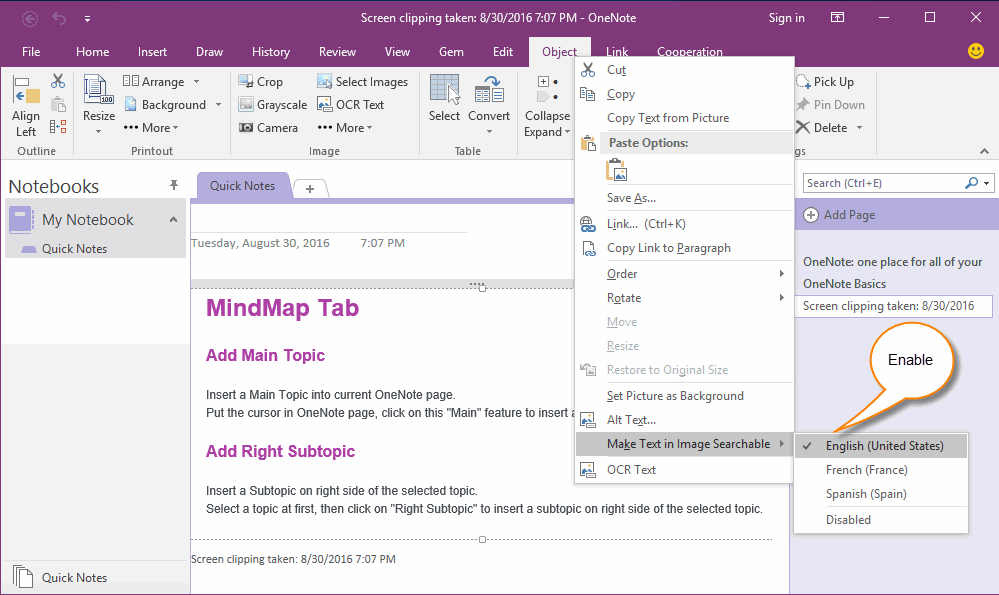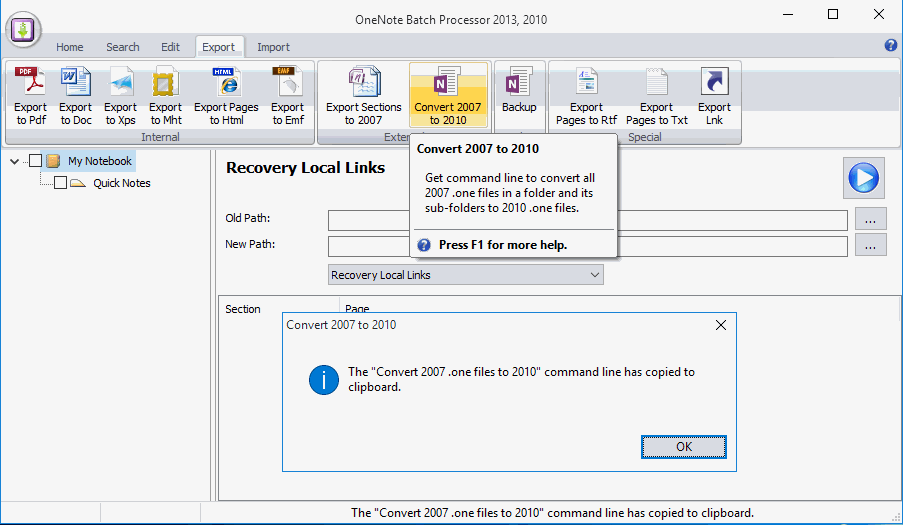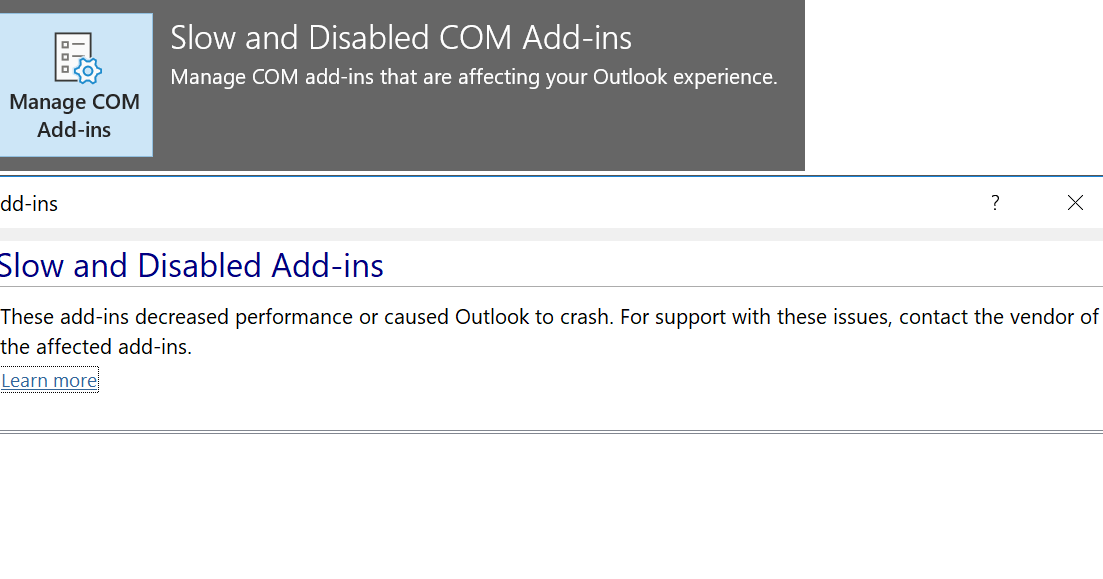

' Display a message box with any critical but not 'Connected' COM add-ins, then fix them programatically Set objShell = CreateObject("WScript.Shell") ' Set up a function to search for a key and return true or false This is what the Word 2007 macro looks like, using the COM add-in installed with Adobe Acrobat 8 Standard as the required add-in… Note that a file named addinslog.txt must exist in the %TEMP% directory in order for the macro to write the log file. My macro has some admittedly hackish parts that need to be cleaned up, there is the matter of unsetting variables to be addressed, and it could certainly be made more elegant, but it works. This allows us to tell when an add-in has been disabled and re-enabled it. Handling disabled add-ins programmaticallyĪ Word macro can access the condition of an add-in via an Application.COMAddIns object, and it can read and write to the registry. I’ve explained a bit about the process by which Word disables add-ins at the end of this post, and I’ve written a shorter post about the basics behind the registry keys responsible for disabling add-ins. Microsoft explains the differences between Hard Disabled vs Soft Disabled in a MSDN article at: (VS.80).aspx.

Depending on the severity of the problem and the user’s response, the add-in can be either ‘hard-disabled’ or ‘soft-disabled’. When something unexpected happens in Word, and Word attributes the problem to an add-in, Word will react by flagging it and prompting the user for a decision the next time Word opens. Many of the problems with Word 2007 are due to Word’s handling of add-ins.
#Onenote add ins stays disabled code#
It was also a good opportunity to dig a bit deeper into VBA, and I also wanted to confirm that it would work in a more modern environment of Windows 7 and Office 2010 (that code is near the bottom of the post). This month, I decided to rewrite the macro to handle the registry changes and write to the log file.
#Onenote add ins stays disabled how to#
In Outlook for Windows, go to File > Manage Add-ins (at the bottom of the screen.) This will open the account’s Manage Add-ins dialog.Nearly a year ago, I wrote a post on how to detect and fix Word add-in problems with a macro and batch file, in a Windows XP and Office 2007 environment. To disable it everywhere, including in Outlook on the web and in Outlook on Mac, you need to disable it in Manage Add-ins in your account online. Scroll to the bottom and untick Use Send to OneNote with OneNote for Windows 10, if available. To disable the new Send to OneNote command in Outlook desktop, open File > Options > Advanced. If you use local notebooks in OneNote or use it with POP or IMAP accounts, you’ll need to disable the new OneNote function. However, because the function is tied to the mailbox you are working in, Outlook items will be sent to a notebook in that account, not to a master notebook you use with all email accounts.

If you use the Send to OneNote function and have the online notebook open in OneNote 2016, the page will sync down to OneNote 2016.


 0 kommentar(er)
0 kommentar(er)
